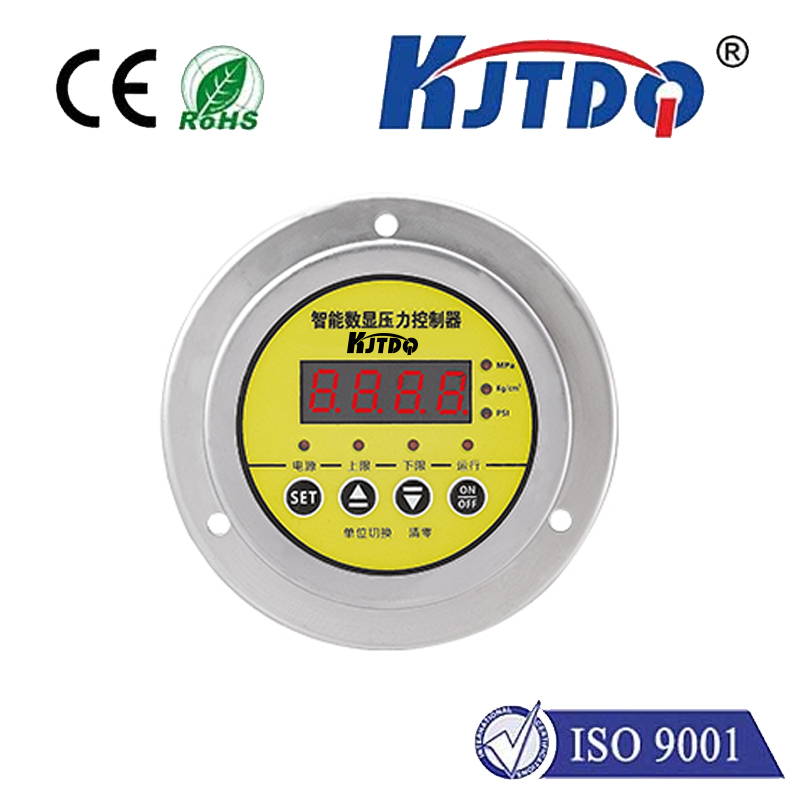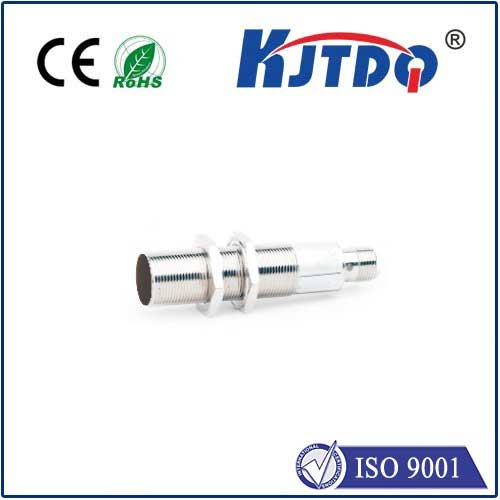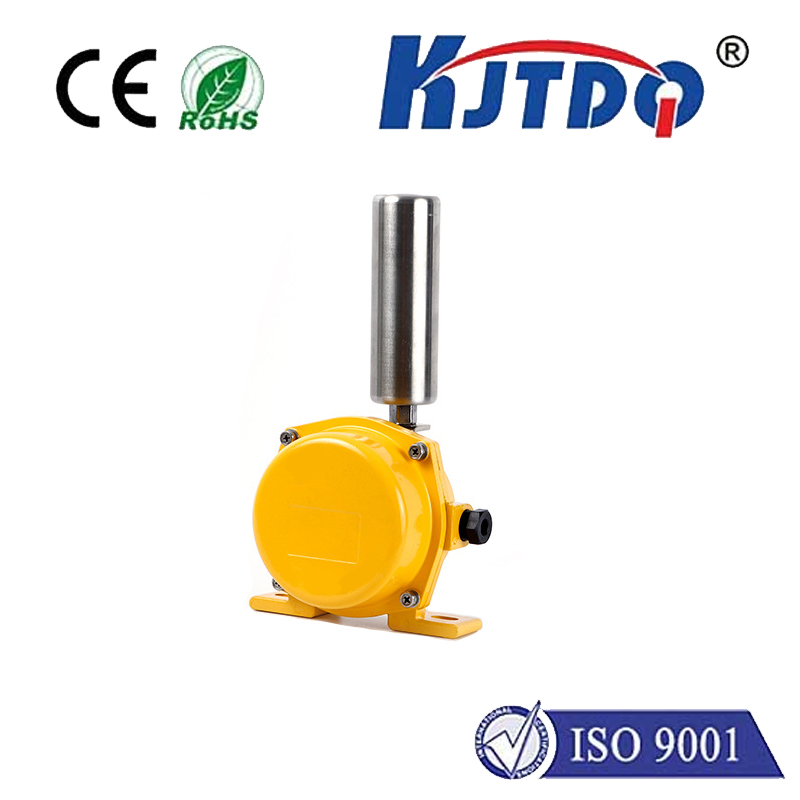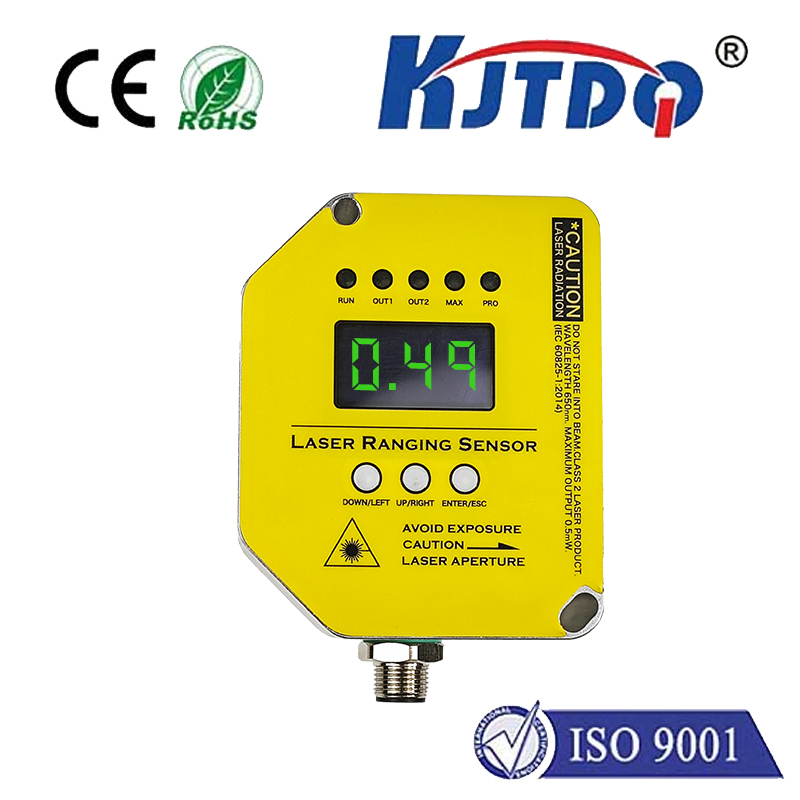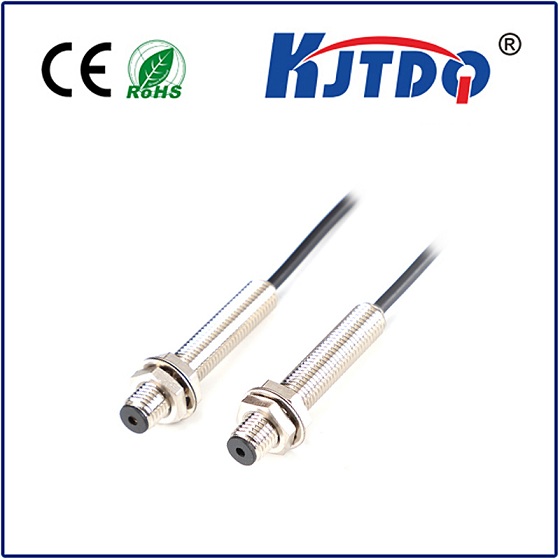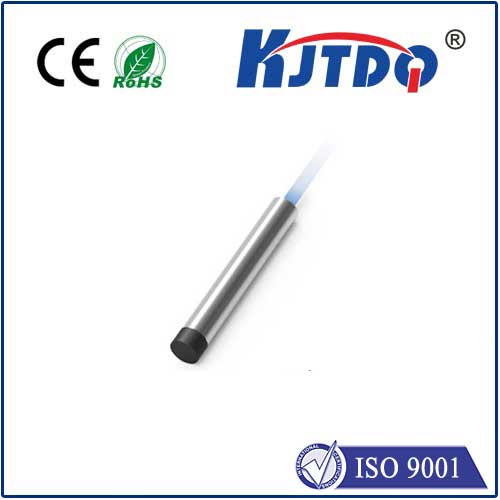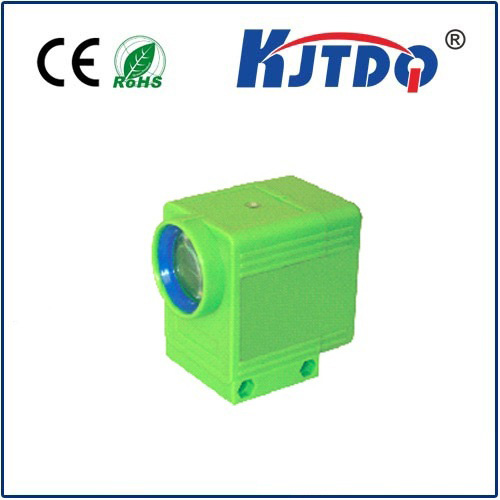
check

check

check

check
In recent years, passive proximity sensors have been at the forefront of technological advancements. These sensors, which do not require an active power source to operate, have revolutionized various industries by providing accurate and reliable data without any additional energy consumption. This article aims to explore the evolution and applications of passive proximity sensors, highlighting their unique advantages and how they are transforming industries such as manufacturing, healthcare, and transportation.
Section 1: The Evolution of Passive Proximity Sensors
Passive proximity sensors have a long history that dates back to the 1960s. However, it was not until the early 2000s that these sensors gained significant attention due to their low cost, high accuracy, and ability to operate silently. In the following decades, manufacturers continued to improve the technology, resulting in more advanced and versatile sensors with increased sensitivity and durability.
Section 2: The Applications of Passive Proximity Sensors
The potential applications of passive proximity sensors are vast and diverse. In the manufacturing industry, these sensors can be used for quality control, asset tracking, and safety measures. For instance, factories can install sensors on machines to monitor their performance and detect any abnormalities before they result in costly downtime or accidents. Similarly, in healthcare, these sensors can be utilized for patient monitoring, medication dispensing, and remote health monitoring. In the transportation sector, passive proximity sensors can be used for vehicle-to-vehicle communication, lane departure warning systems, and collision avoidance techniques. Additionally, these sensors can also be found in home automation systems, wearable devices, and industrial IoT solutions.
Section 3: Advantages of Passive Proximity Sensors
Compared to other sensing technologies such as capacitive or inductive sensors, passive proximity sensors offer several advantages. They do not require any power supply, making them ideal for use in harsh environments where electrical connections may be unreliable or non-existent. Additionally, they have a longer battery life than most other types of sensors and can operate continuously for several days without requiring maintenance. Finally, passive proximity sensors are highly accurate and can detect even the slightest changes in distance or orientation.
Section 4: Future Prospects for Passive Proximity Sensors
The growth of the Internet of Things (IoT) has significantly accelerated the adoption of passive proximity sensors across various industries. As more devices become connected to the internet, the demand for reliable and affordable sensor technology will continue to rise. Furthermore, advances in artificial intelligence and machine learning algorithms are expected to enhance the capabilities of these sensors further. For instance, predictive maintenance based on sensor data could help companies minimize downtime and reduce repair costs.
Conclusion:
In conclusion, passive proximity sensors have come a long way since their inception and have proven to be an invaluable tool for industries looking to optimize their operations while minimizing costs. With continuous advancements in technology and increasing demand for IoT solutions, it is clear that passive proximity sensors will continue to play a vital role in shaping the future of various industries.

